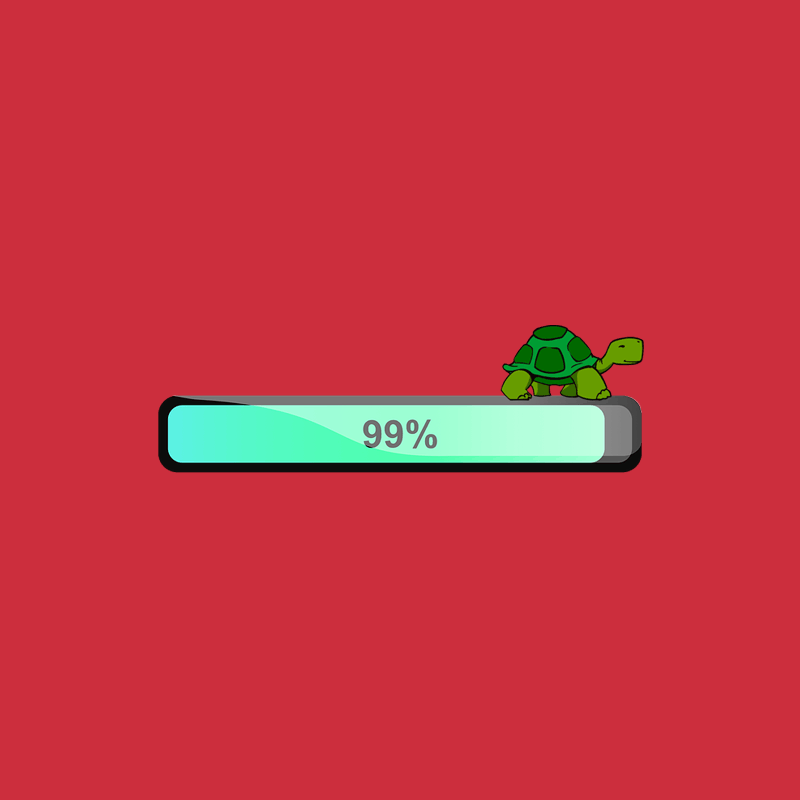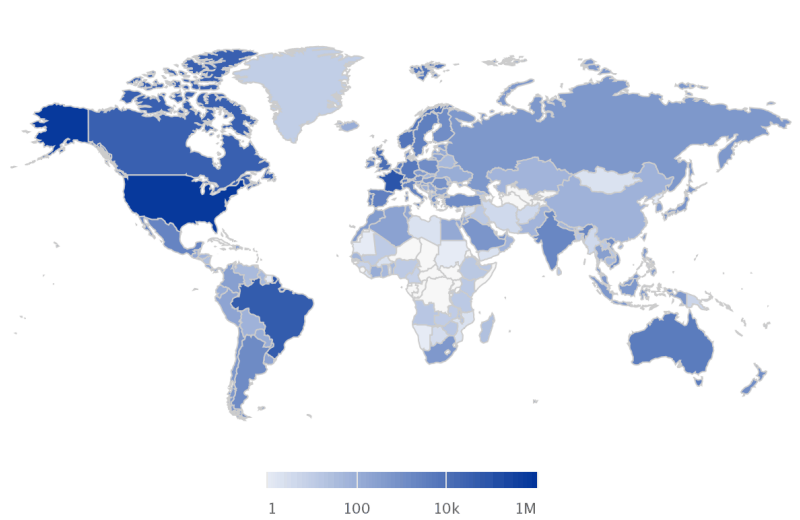
To enjoy the internet, we rely on our chosen Internet Service Providers (ISPs) to manage our bandwidth.
But with the growing demands of internet connection, ISPs may experience some congestion on their networks, especially when dealing with online video streaming.
As a result, they have long said that they may throttle, or slow down, speed when needed.
When exactly this happens is supposed to depend on the type of plan users use. The more expensive the plan, the better network they will use. This should result in lesser congestion, and lesser throttling.
But according to a study by researchers, this isn't always the case.
The researchers found that carriers do and always throttle internet speed, whether their mobile networks are congested or not, at any time of the day, and no matter the users' are located.
The study, titled A Large-Scale Analysis of Deployed Traffic Differentiation Practices, was compiled by academics from the Northeastern University and University of Massachusetts Amherst.
Here, the researchers conducted a year-long research of content-based traffic differentiation policies deployed in operational networks, both fixed and wireless, using results from 1.045 million crowdsourced measurements conducted by 126,249 users across 2,735 ISPs in 183 countries and regions across the globe.
Leading video applications such as YouTube and Netflix were among the services whose performance was used as a benchmark test.
The reports concluded that ISPs do throttle video streams regularly, with each company having different throttling strategy.

The research identified 30 ISPs in seven countries that throttle all applications running on their networks and services. And in nearly all cases, ISPs were throttling video streaming services, with YouTube being throttled the most often, and Vimeo being throttled the least.
The most common detected throttling rate was 1.5 Mbps, typically corresponding to ISPs that disclose data plans offering low-resolution video streaming.
"They are doing it all the time, 24/7, and it's not based on networks being overloaded," explained David Choffnes, associate professor at Northeastern University, who is one of the study authors.
In other words, some ISPs throttle certain online video streaming providers more than the other. There are also ISPs that use delayed throttling, which only slows speed when reaching certain threshold.
But what makes it confusing is that, ISPs may provide different throttling speed to different subscribers.
Wehe noted that in its findings, it couldn't take into account how different plan settings might affect its data. because its collection methods aren't able to take into account a specific user's plan and restrictions that may come with it.
"Variations in throttling could be due to ISPs offering different service plans and features, only some of which include throttling," the report explained.
While the report isn't that surprising, given that ISPs are companies that work for profit, but the one takeaway from this research is that, carriers across the world should be more transparent about what services they throttle, and how they go about throttling their networks.
In the very least, carriers must at least tell customers when they are throttling their video streaming experience.